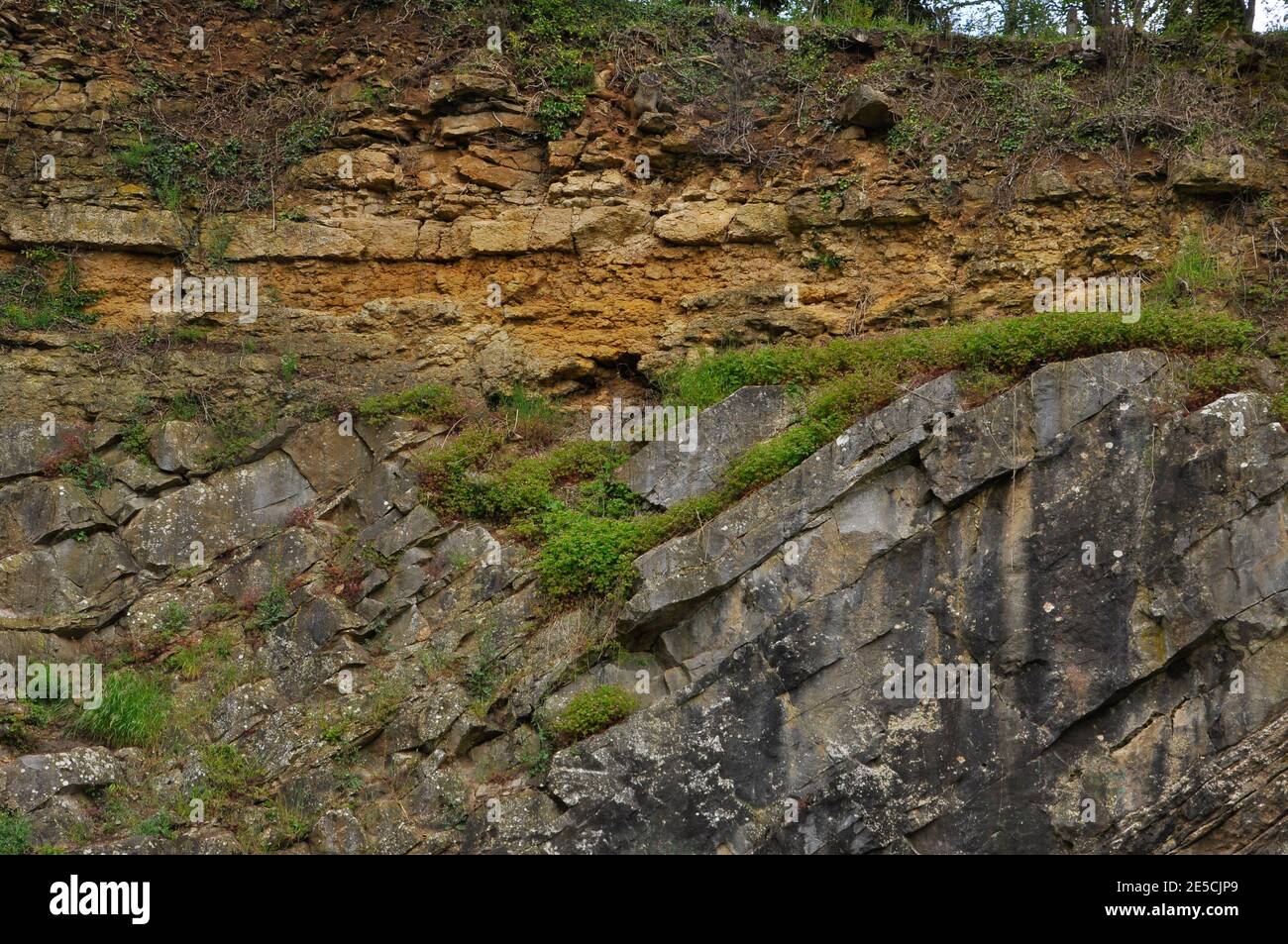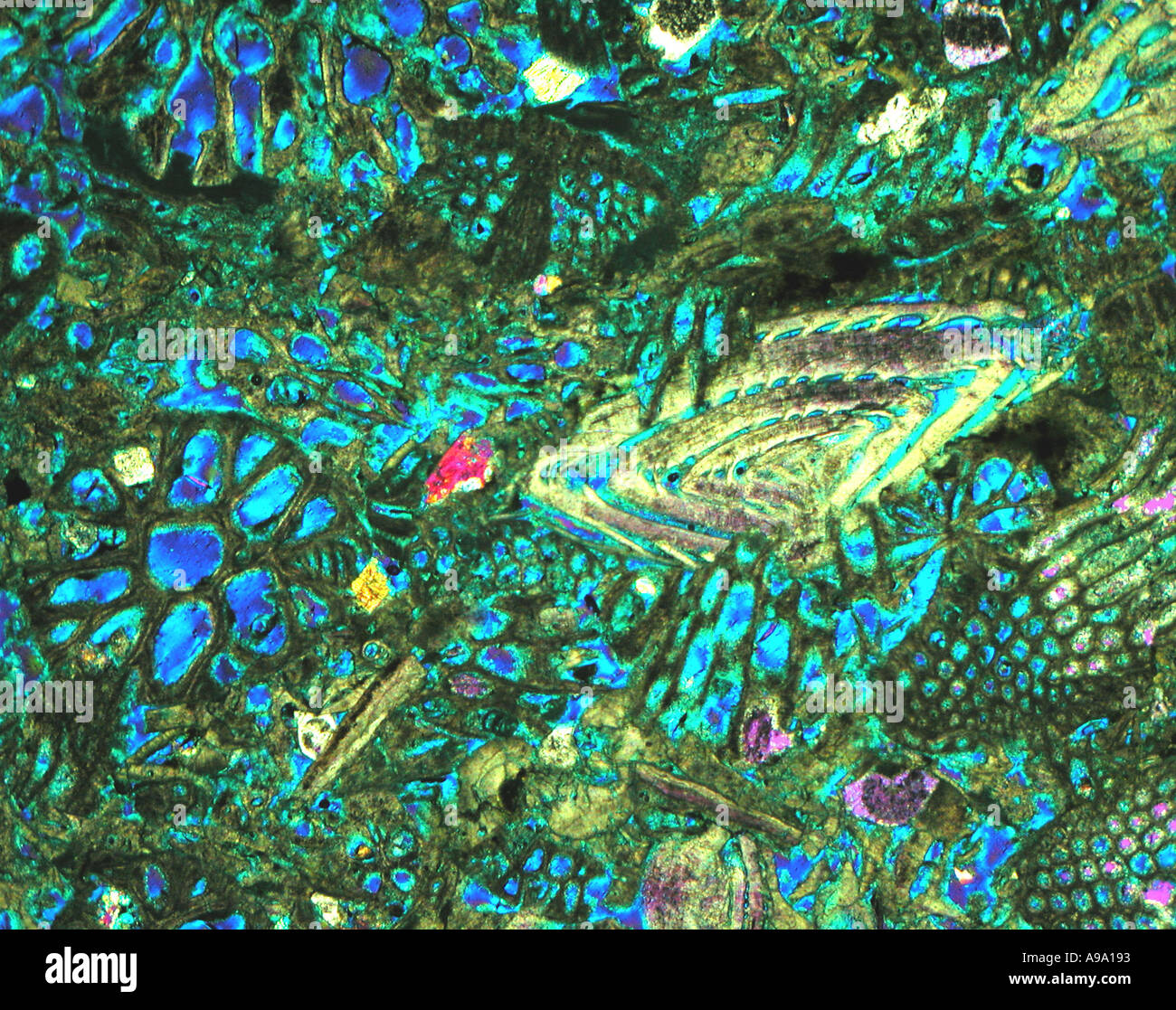

The non-clastic carbonate alluvial rock known as chalk is a kind of limestone comprised of the calcite mineral. Limestone is used in a variety of fields, including art and building. The limestone rock type known as tufa is found close to water sources with large concentrations of softened minerals, mainly calcium carbonate. Similar to regular limestone, it is widely used in home renovation projects as a backsplash, countertop, vanity top, and other surfaces. Stalactites, stalagmites, and flowstone are produced as a byproduct of the evaporation process that creates travertine, a kind of limestone. Here are a few illustrations of various limestone types. Limestone comes in a wide range of variations. Depending on how each rock was created, how it looked, what was included in it, and other factors and applications of limestone, they were categorized into several categories. Coquina, Chalk, lithographic limestone, travertine, tufa, fossiliferous limestone, and oolitic limestone are some of the several names and types of limestone rock. and Ulmer-Scholle, D.L imestone frequently appears in two different textures, extremely fine and coarse, depending on its physical characteristics.
Oolitic limestone rock series#
James, N.P., 1984, Shallowing-upward sequences in carbonates, in Walker, R.G., ed., Facies Models: Geological Association of Canada, Geoscience Canada, Reprint Series 1, p.

1-38.įolk, R.L., 1962, Spectral subdivision of limestone types, in Ham, W.E., ed., Classification of carbonate Rocks-A Symposium: American Association of Petroleum Geologists Memoir 1, p. 730-781.įolk, R.L., 1959, Practical petrographic classification of limestones: American Association of Petroleum Geologists Bulletin, v. 108-121.Įmbry, AF, and Klovan, JE, 1971, A Late Devonian reef tract on Northeastern Banks Island, NWT: Canadian Petroleum Geology Bulletin, v. (ed.), Classification of carbonate Rocks: American Association of Petroleum Geologists Memoir, p. J., 1962, Classification of carbonate Rocks according to depositional texture. Terms such as bafflestone, bindstone, and framestone are useful in concept but are extremely difficult to apply to ancient limestones where diagenesis and sample size limit ones ability to assess an organisms function.ĭunham, R. Embry and Klovan to more graphically reflect the role that the organisms performed during deposition also modified the boundstone classification of Dunham. In their revised scheme, a wackestone in which the grains are greater than 2mm in size is termed a floatstone and a coarse grainstone is called a rudstone.īoth terms are extremely useful in description of limestones. Embry has modified Dunham's classification and Klovan (1971) to include coarse grained carbonates (above figure). The wide range of percentage of mud matrix that a carbonate may have and still be termed a packstone by Dunham sometimes reduces the utility of this classification. Moreover, a Rock containing little matrix is termed a sparite by Folk and a grainstone or packstone by Dunham. If one compares the two classifications, a Rock rich in carbonate mud is termed a micrite by Folk and a mudstone or wackestone by Dunham. If the sediment is mud supported but contains more than 10 percent grains, then it is known as a wackestone, and if it contains less than 10 percent grains and is mud supported, it is known as a mudstone. If the carbonate is grain supported but contains a small percentage of mud, then it is known as a packstone. For example, if the grains of a limestone are touching one another and the sediment contains no mud, then the sediment is called a grainstone. For this reason, his scheme may be better suited for Rock descriptions that employ a hand lens or binocular microscope. In contrast, Dunham's classification (figures above) and its modification by Embry and Klovan (1971) and James (1984) deals with depositional texture.


 0 kommentar(er)
0 kommentar(er)
